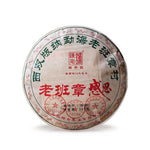Types of Tea
True teas all come from the Camellia sinensis plant and include five main types. Each type uses unique processing methods that impact flavor, aroma, and caffeine levels.
Black Tea
Black tea undergoes full oxidation, giving it a robust flavor and dark color. It's known for its bold and strong taste, making it popular as a breakfast tea.
Common black teas include:
Bestsellers
- Assam
- Darjeeling
- Earl Grey
You can drink black tea on its own or with milk and sugar. It also contains higher caffeine levels compared to other true teas.
Green Tea
Green tea is lightly oxidized, preserving more of its green color and delicate flavors. It's known for health benefits due to its high antioxidant content.
Popular varieties are:
- Sencha
- Matcha
- Dragon Well (Longjing)
You typically brew green tea at a lower temperature to prevent bitterness. It has lower caffeine levels compared to black tea.
White Tea
White tea is the least processed and made from young leaves or buds. It has a subtle, sweet flavor and is often described as delicate and light.
Types of white tea include:
- Silver Needle
- White Peony
Due to minimal processing, white tea has high antioxidant levels and low caffeine content. It's usually brewed at low temperatures for a short period.
Oolong Tea
Oolong tea is semi-oxidized, placing it between black and green tea in terms of flavor and oxidation. It can vary widely in taste, ranging from floral to toasty.
Popular oolong teas are:
- Tie Guan Yin
- Da Hong Pao
This type of tea is often brewed multiple times, revealing different flavors with each infusion. It has moderate caffeine levels.
Pu-erh Tea
Pu-erh tea is unique due to its fermentation process, which can last for years. It’s known for its earthy, rich, and complex flavors.
Varieties include:
Lao Ban Zhang
- Sheng (Raw) Pu-erh
- Shou (Ripe) Pu-erh
Pu-erh tea is believed to have digestive benefits and can be aged, similarly to wine, enhancing its flavor with time.
Herbal and Infusions
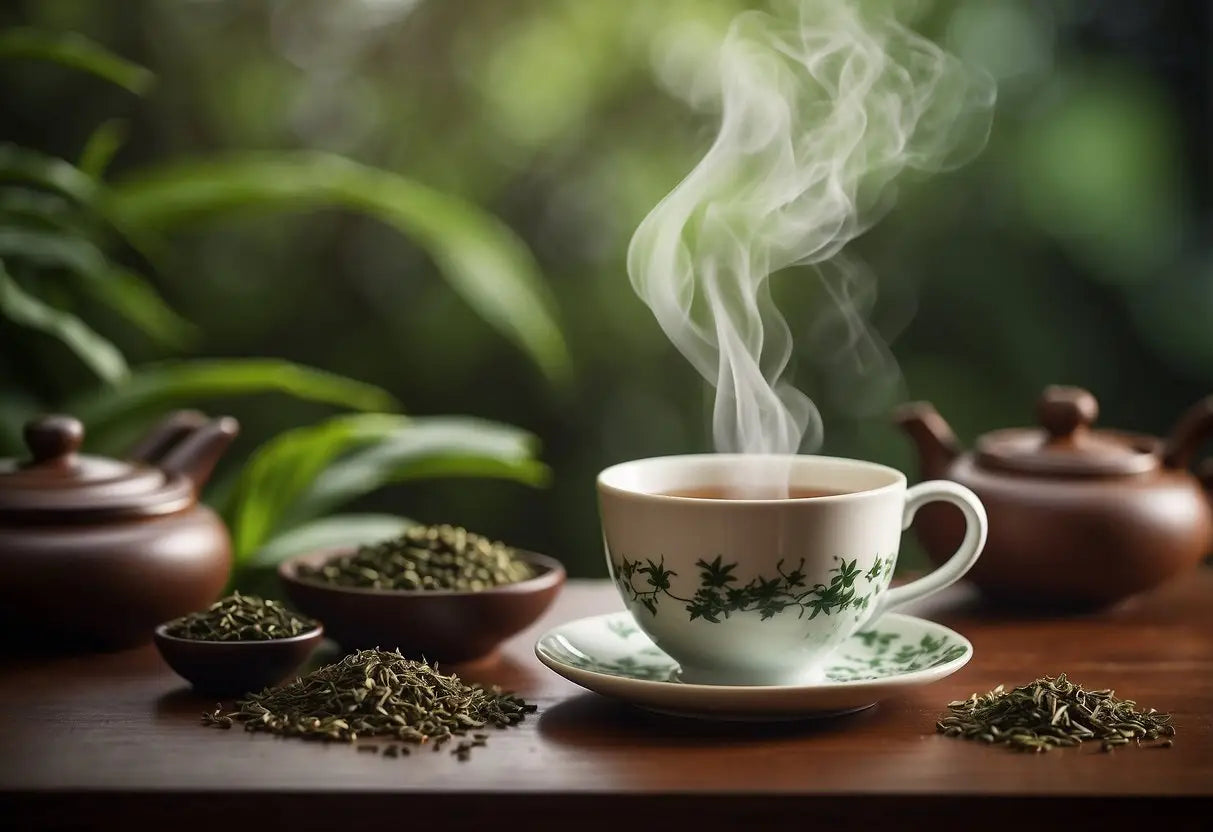
Herbal teas and infusions offer a caffeine-free alternative to traditional teas. They are known for their various flavors and health benefits.
Rooibos Tea
Rooibos tea, also known as red bush tea, originates from South Africa. It is naturally caffeine-free and offers a sweet, nutty flavor. You may find it rich in antioxidants like aspalathin and quercetin, which help combat oxidative stress. Many people enjoy it both hot and iced, often with a splash of milk or honey.
Chamomile Tea
Chamomile tea is widely recognized for its calming properties. Made from the flowers of the chamomile plant, this tea has a gentle, apple-like flavor. It is often used to promote sleep and ease digestive issues. Drinking chamomile may also help reduce menstrual pain and soothe a sore throat.
Peppermint Tea
Peppermint tea offers a refreshing, minty flavor and is known to aid digestion. The menthol in peppermint can relieve nausea and headaches. Many people drink it to alleviate symptoms of irritable bowel syndrome (IBS). It also has a cooling effect, which can help soothe a sore throat or congestion.
Hibiscus Tea
Hibiscus tea is made from the vibrant petals of the hibiscus flower. It has a tart, cranberry-like flavor and is often enjoyed iced. This tea is rich in vitamin C and antioxidants, which can help lower blood pressure and improve liver health. Drinking hibiscus tea may also aid in weight management by boosting metabolism.
Yerba Mate
Yerba Mate is a traditional South American infusion made from the leaves of the Ilex paraguariensis plant. While it contains caffeine, it provides a balanced energy boost without the jitters. Rich in vitamins and minerals, yerba mate is often consumed to enhance mental clarity and physical endurance. You may enjoy it hot or cold, often shared in social gatherings.
Cultivation and Processing
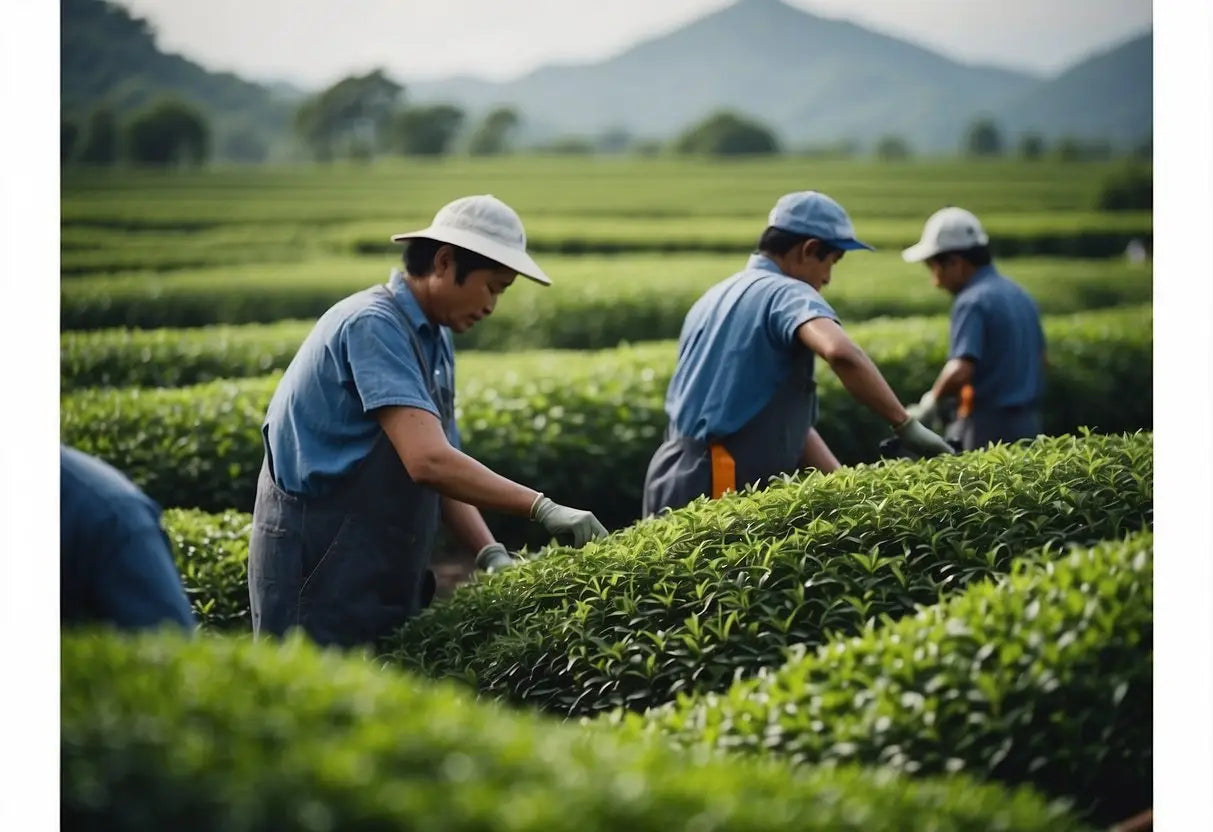
The journey of tea from plant to cup involves several meticulous steps. Each stage impacts the flavor, aroma, and quality of the final product.
Harvesting
Harvesting tea leaves is a critical step that greatly influences the quality of tea. You will find that the best teas often come from hand-picked leaves. Typically, only the top two leaves and the bud are selected. These are known as “fine plucking” and result in higher-quality teas.
Machine harvesting is another method, usually applied in larger plantations. Although it is more efficient, it may collect older, tougher leaves, affecting the flavor. The timing of the harvest is also essential. The first flush, or first harvest, usually offers the freshest and most aromatic leaves.
Withering
Withering reduces the moisture content of freshly plucked leaves. This process lays the foundation for further processing stages. Leaves are spread out in withering troughs and exposed to air for several hours. The key here is to balance the moisture level — too much drying can make the leaves brittle, while too little can leave them too wet for further processing.
Natural withering lets air flow naturally, while controlled withering uses fans or controlled environments. During this stage, the leaves become pliable and are prepared for the next steps. The duration of withering can vary, but it usually lasts between 12 and 18 hours.
Firing
Firing serves to stop oxidation and lock in the flavor of the tea leaves. This step can influence the distinct characteristics of the tea. There are multiple firing methods including pan-firing, oven-baking, or steaming. For instance, green teas are often steamed, giving them a fresh, vegetal taste.
Pan-firing is commonly used for oolong and certain green teas. During this process, leaves are heated in large pans to remove remaining moisture. Oven-baking is another technique, often used for black teas. The main objective is to halt any further chemical changes within the leaves and stabilize the tea for storage and consumption.
Shaping and Drying
During shaping, the tea leaves are rolled or shaped into various forms such as twists, pellets, or curls. This not only affects the appearance but also helps in breaking down the leaf cells, releasing essential oils that enhance flavor. Various traditional and modern methods are used to shape the leaves, depending on the type of tea being produced.
The final drying ensures the tea has an appropriate moisture level for storage. Drying methods include sun-drying, oven-drying, or air-drying. This step is crucial as it ensures the tea can be stored without spoilage. Properly dried tea leaves can retain their flavor and aroma for an extended period.
Tea Formats
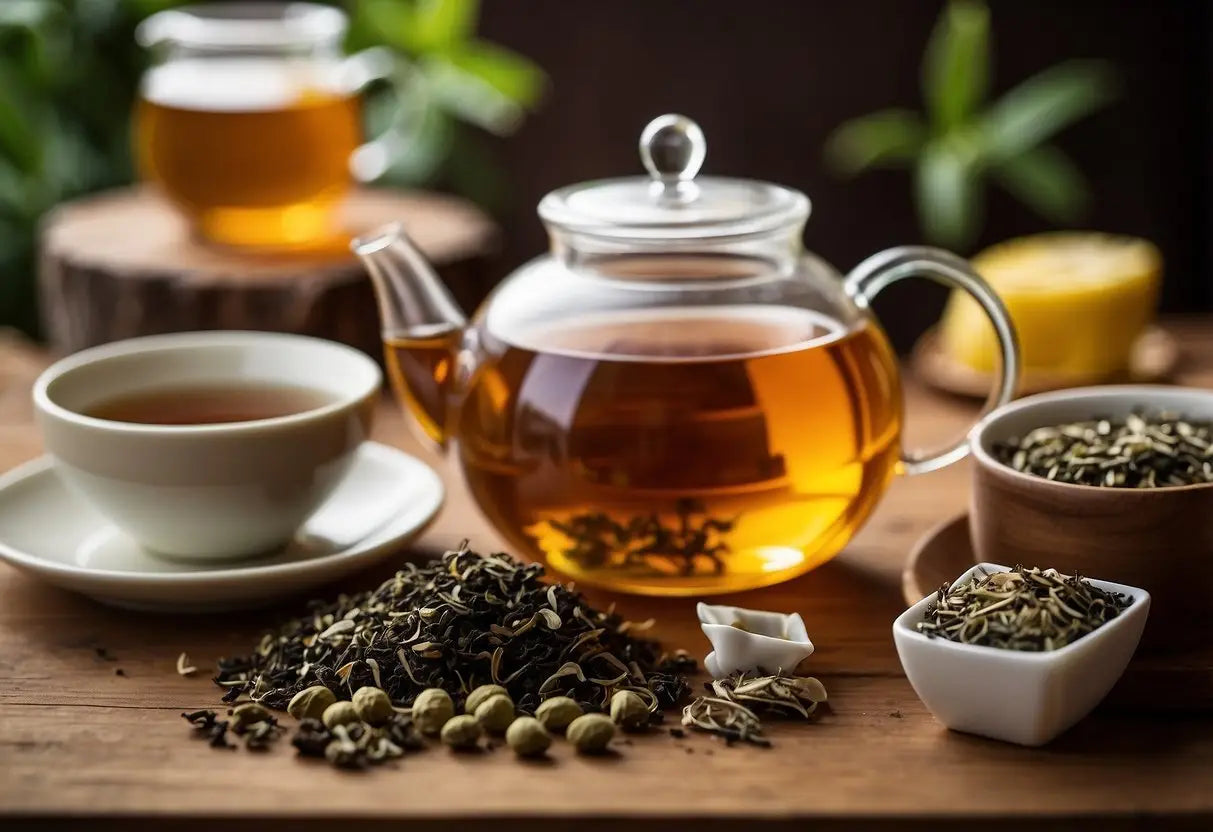
Tea comes in several different formats, each offering unique characteristics, preparation methods, and experiences. Selecting the right format can enhance your enjoyment and align with your preferences.
Loose Leaf Tea
Loose leaf tea consists of whole or partially broken tea leaves. These leaves maintain their essential oils, contributing to a rich, aromatic brew. You need a tea infuser or a teapot with an in-built strainer for preparation.
Loose leaf tea offers more control over the strength and flavor of your tea. Measure the amount of leaves and steeping time to suit your taste. It's favored by tea enthusiasts for its premium quality and variety of available blends.
Due to minimal processing, loose leaf tea can sometimes be more expensive and requires extra tools for brewing. However, it is a favored choice for those serious about savoring the nuanced flavors of tea.
Tea Bags
Tea bags are convenient and easy to use. They contain finely ground tea leaves or fannings, often packed in paper or silk sachets. Simply immerse the bag in hot water for a quick and straightforward preparation.
Although they may lack the complexity of loose leaf tea, tea bags are extremely practical for busy lifestyles or on-the-go use. They are pre-portioned, ensuring consistent flavor with every cup.
Quality varies depending on the brand and type of tea. While some tea bags may contain dust and low-quality leaves, premium brands offer superior quality and flavor. Tea bags are a go-to option for those wanting a fast and hassle-free tea experience.
Compressed Tea
Compressed tea is typically made from fermented and aged tea leaves, pressed into shapes like cakes, bricks, or discs. This type of tea is often associated with Pu-erh or other dark teas that improve with age.
Preparing compressed tea involves breaking off a portion of the compressed block and brewing it like loose leaf tea. The aging process contributes to a deep, robust flavor profile, appreciated by seasoned tea drinkers.
This format is ideal for those interested in the aging aspect of tea or who enjoy strong, earthy flavors. It requires a special technique for breaking and brewing but offers a unique and traditional tea experience.
Instant Tea
Instant tea is made from concentrated tea extract, which is then dried into a powder or granules. To prepare, simply dissolve the instant tea in hot or cold water, making it the quickest and most efficient option.
It's ideal for those short on time or without access to brewing equipment. Instant tea can be found in various flavors and is often used in pre-made tea mixes, sweetened varieties, or iced tea formulations.
While convenient, instant tea may lack the depth and complexity of flavor found in other formats. It's perfect for convenience and speed but may not satisfy those seeking the traditional taste and experience of freshly brewed tea.
Regional Varieties
Tea varies significantly by region, with distinct characteristics and preparation methods. This section explores the unique qualities of Chinese, Indian, Japanese, and Taiwanese teas.
Chinese Tea
China is renowned for its diverse range of teas, including green, black, oolong, white, yellow, and pu-erh. Each type has its own processing method and flavor profile. For instance, green tea is minimally processed, preserving its bright color and fresh taste.
Pu-erh tea undergoes fermentation, resulting in a rich, earthy flavor. Major tea-growing regions include Fujian, Yunnan, and Zhejiang, each producing distinct variations. Fujian is famous for its oolong and white teas, while Yunnan is known for pu-erh.
Indian Tea
India is best known for its black tea varieties, particularly Assam, Darjeeling, and Nilgiri. Assam tea has a robust, malty flavor and is often used in breakfast blends. Darjeeling tea is lighter, with delicate floral notes and is frequently called the "Champagne of Teas."
Nilgiri tea hails from southern India and offers a fragrant, brisk taste. India also produces green and white teas, though on a smaller scale compared to black tea. Tea production in India primarily occurs in large plantations.
Japanese Tea
Japan specializes in several types of green tea, with matcha, sencha, and gyokuro being the most prominent. Matcha is ceremonial and made from powdered green tea leaves, resulting in a vibrant, creamy beverage.
Sencha is the most common tea in Japan, characterized by its grassy, slightly sweet flavor. Gyokuro is a premium shade-grown tea, known for its rich umami taste. Japanese teas often involve meticulous cultivation and preparation methods, including shading the leaves before harvest.
Taiwanese Tea
Taiwan is famous for its oolong tea, particularly high-mountain oolong and pouchong. High-mountain oolong is grown at elevations above 1,000 meters, contributing to its complex, floral aroma and lingering sweet taste. Pouchong is lightly oxidized, sitting between green and oolong tea, offering a mild, refreshing flavor.
Taiwan also cultivates black tea, most notably Sun Moon Lake and Ruby Red varieties. Additionally, bubble tea, an international sensation, originated in Taiwan, reflecting the country's innovative approach to tea.
Flavor Profiles and Aromas
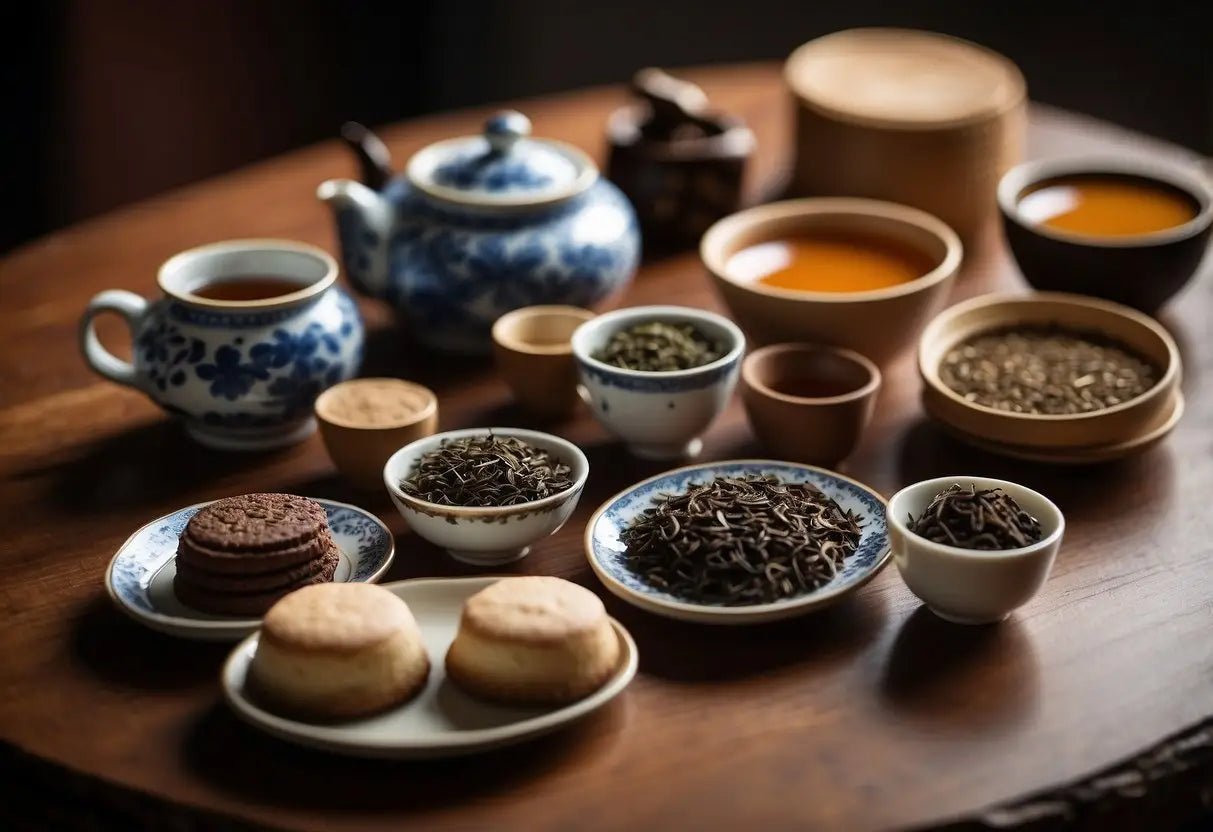
Teas offer a variety of flavor profiles and aromas that can be astringent, floral, citrusy, earthy, woody, fruity, or sweet. This section explores the distinct characteristics of these profiles.
Astringency and Bitterness
Astringency often leads to a dry, puckering sensation in your mouth. Black teas, such as Assam and Darjeeling, are typically more astringent. This quality is due to tannins, which are more concentrated in fully oxidized teas.
Bitterness, on the other hand, can arise from oversteeping. Green teas, like Sencha, exhibit a slight bitterness due to their unique processing methods. Both astringency and bitterness can be balanced by adding a sweetener or adjusting the steeping time and temperature.
Floral and Citrus Notes
Floral notes provide a delicate and fragrant experience. Jasmine tea is a prime example, offering a sweet, floral aroma. Oolong teas also exhibit these characteristics, often enhanced with natural or added flowers during processing.
Citrus notes are bright and refreshing. Earl Grey, infused with bergamot oil, delivers a distinct citrus profile. Lemon teas or blends containing citrus peel can uplift your senses. Both floral and citrus profiles can range from subtle to pronounced, depending on the tea type and preparation.
Earthy and Woody Flavors
Earthy flavors are rich and grounding. Pu-erh tea, known for its fermentation process, offers a deep, earthy taste with a hint of mustiness. This profile is often appreciated by seasoned tea drinkers who enjoy complex layers.
Woody flavors are reminiscent of forest floors or fresh-cut wood. Some dark oolongs and aged teas exhibit these characteristics. These flavors are nuanced and can be enhanced by longer aging processes, providing a deeper appreciation for mature taste profiles.
Fruity and Sweet Undertones
Fruity undertones bring a burst of natural sweetness and complexity. Teas like fruity oolongs or teas blended with dried fruits, such as apricot or peach, highlight these attributes. You will often find these undertones in both scented and unscented teas, adding layers of flavor.
Sweet undertones can be naturally occurring or come from added ingredients. Rooibos tea is naturally sweet, with honey-like notes. Herbal teas often incorporate sweet fruits or honeybush to enhance their flavor profiles. These undertones make the tea more palatable without the need for additional sweeteners.
Health Benefits and Considerations
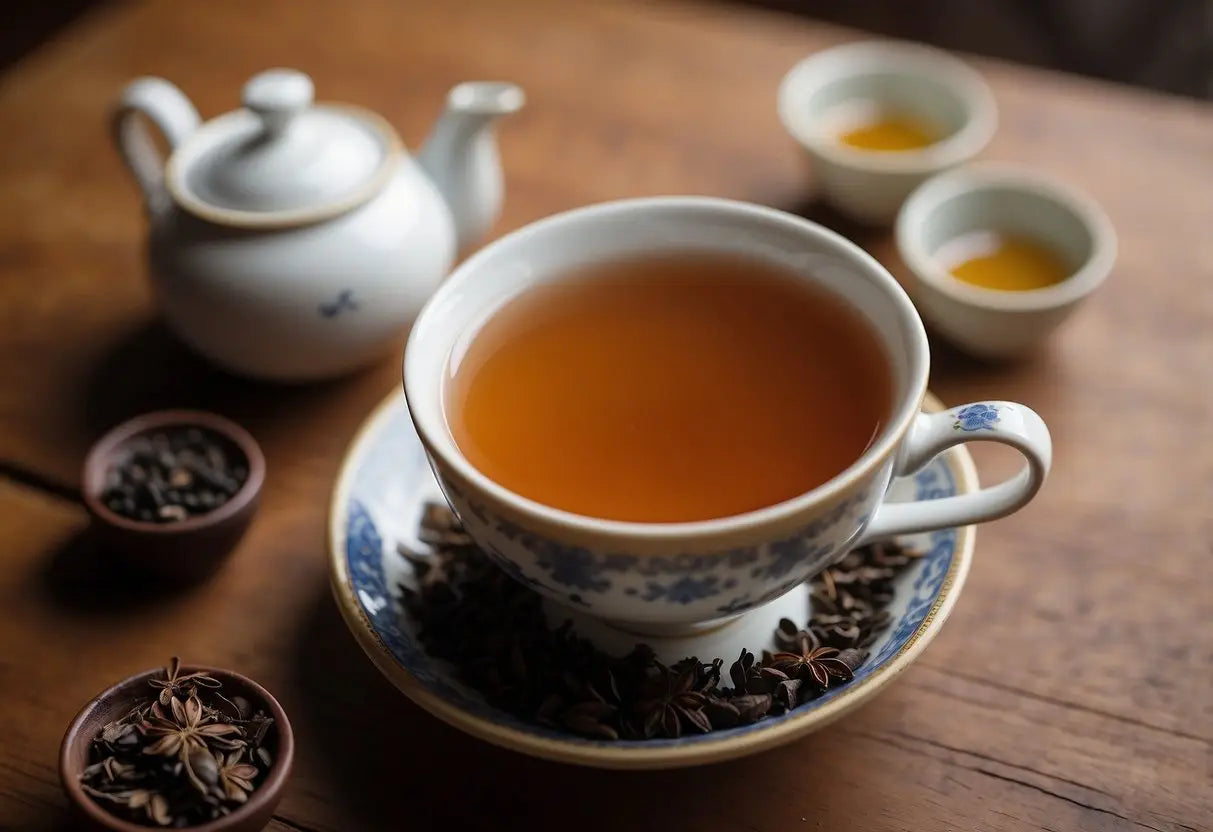
Exploring the world of tea reveals several health benefits tied to its consumption. You will find attributes like antioxidant properties, caffeine levels, digestive aids, and calming effects in various types of tea.
Antioxidant Properties
Tea is known for its rich antioxidant content, which helps protect cells from damage caused by free radicals. Green tea, for instance, is particularly high in catechins, a type of antioxidant linked to improved heart health and weight management.
White tea also contains high levels of antioxidants, chiefly polyphenols, which can combat oxidative stress. Black tea, while slightly lower in antioxidant levels compared to green tea, still provides beneficial compounds such as theaflavins and thearubigins.
Caffeine Content
Different types of tea offer varying amounts of caffeine. You can enjoy an energy boost with black tea, which generally has the highest caffeine content among teas, averaging 40-70 mg per cup.
On the contrary, green tea contains moderate caffeine levels, typically 20-45 mg per cup, making it a milder option. For those seeking minimal caffeine intake, white tea and herbal teas are better choices, with white tea averaging around 15-30 mg and most herbal blends being caffeine-free.
Digestive Health
Tea can aid your digestive system in several ways. Peppermint tea is known for its ability to relieve symptoms of bloating and indigestion. Ginger tea, on the other hand, is celebrated for reducing nausea and promoting overall digestive health.
Chamomile tea can also be beneficial due to its anti-inflammatory properties, which help soothe the gastrointestinal tract. Meanwhile, green tea may enhance digestion by stimulating gastric acid production, aiding in nutrient absorption.
Stress Relief and Relaxation
Many teas are renowned for their calming effects. Chamomile tea stands out for promoting relaxation and better sleep due to its mild sedative properties. Lavender tea offers similar benefits, helping to reduce anxiety and improve sleep quality.
L-Theanine, an amino acid found in green tea, is known for its ability to increase alpha brain waves, promoting a state of relaxation without inducing drowsiness. Holy basil, used in Tulsi tea, is another adaptogen credited with reducing stress and balancing cortisol levels.
Brewing Techniques
Different teas require unique brewing techniques to bring out their best flavors. Key factors include proper steeping times, water temperatures, and the right choice of teaware.
Steeping Times
Steeping times vary depending on the type of tea. Green tea typically needs just 2-3 minutes, ensuring a fresh, light flavor without bitterness. Black tea enjoys a slightly longer steep of 3-5 minutes, which helps fully develop its robust character. Herbal teas often need the longest steeping time, from 5-10 minutes, allowing the complex flavors to fully infuse. Experimenting with steeping times can help you find the perfect cup according to your taste preferences.
Water Temperature
Water temperature plays a crucial role in extracting the right flavors. Green tea is best brewed with water that's around 160-180°F (70-80°C). Too hot, and it turns bitter. Black tea, on the other hand, thrives at a higher temperature, around 200-212°F (90-100°C), which brings out its full-bodied flavor. Oolong tea requires a middle ground, often brewed between 185-205°F (85-95°C) to achieve its unique balance. Using a thermometer can aid in reaching these precise temperatures.
Teaware Choices
Selecting the right teaware can enhance your tea-brewing experience. Glass teapots allow you to watch the leaves unfurl, adding a visual element to the process. Porcelain and ceramic teapots retain heat well, making them a great choice for most teas. Gaiwans are ideal for oolong and green teas, providing control over steeping and temperature. Investing in quality teaware can elevate the ritual of tea making, transforming it into a meditative practice.
← Older post Newer post →











